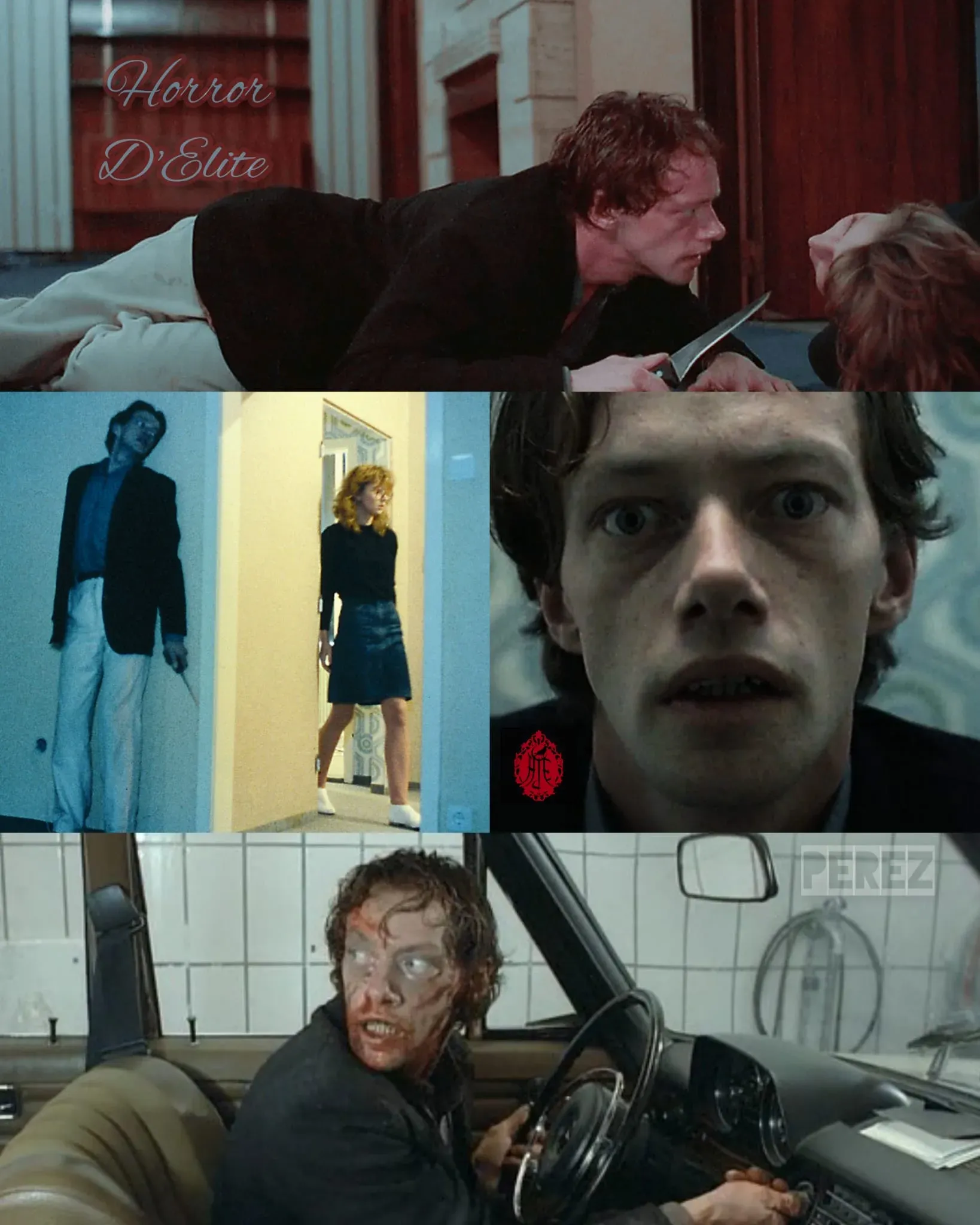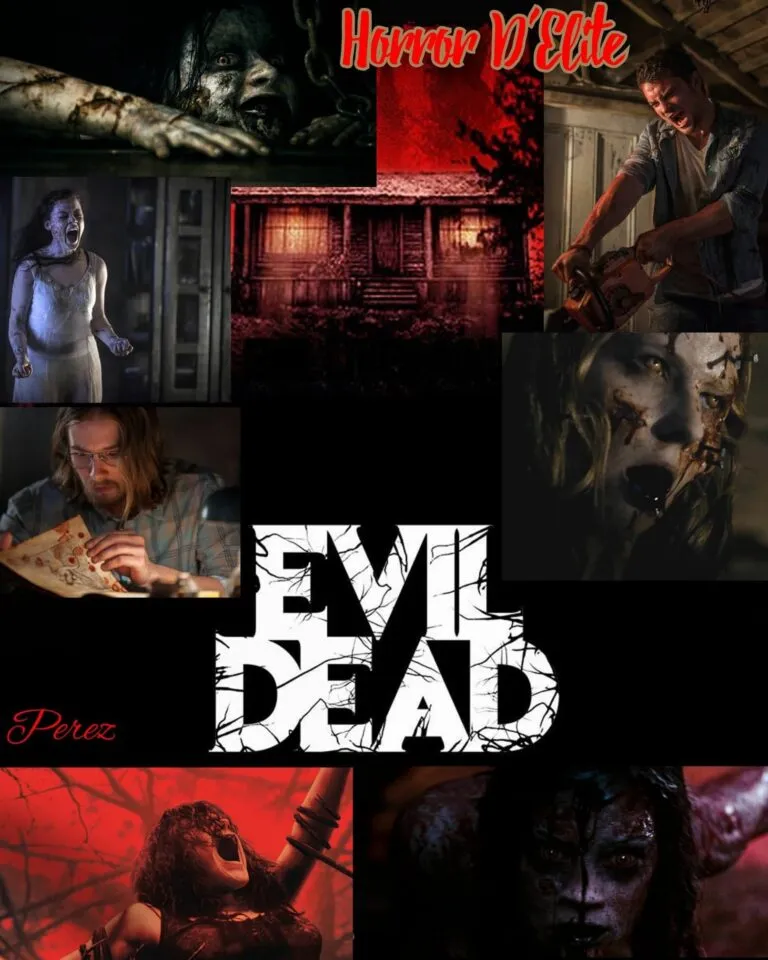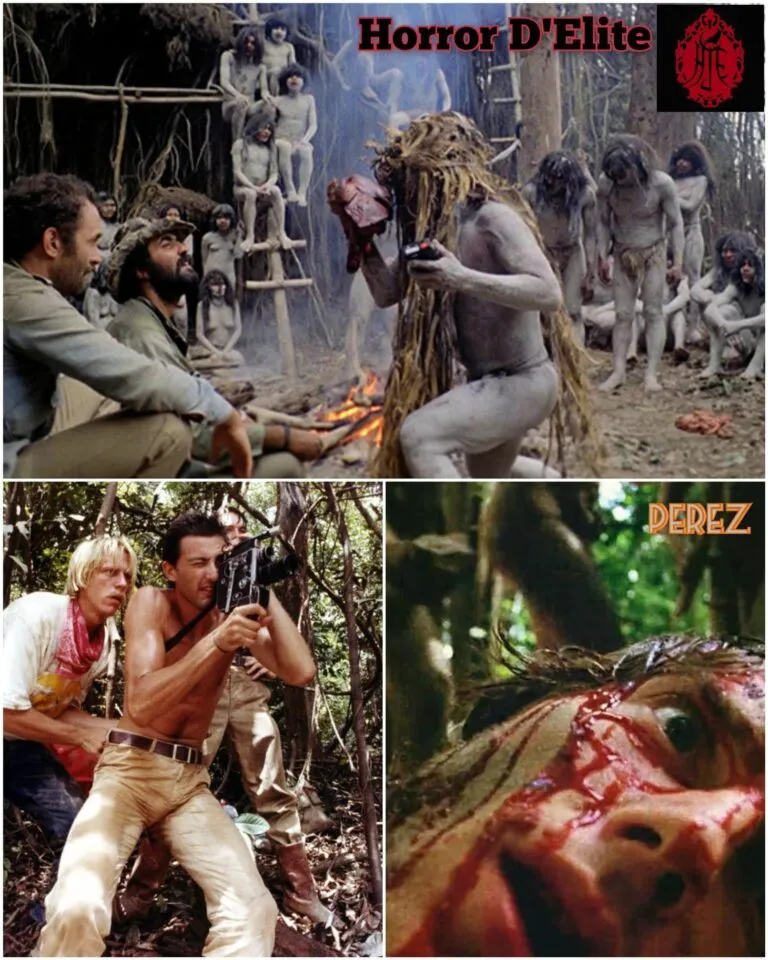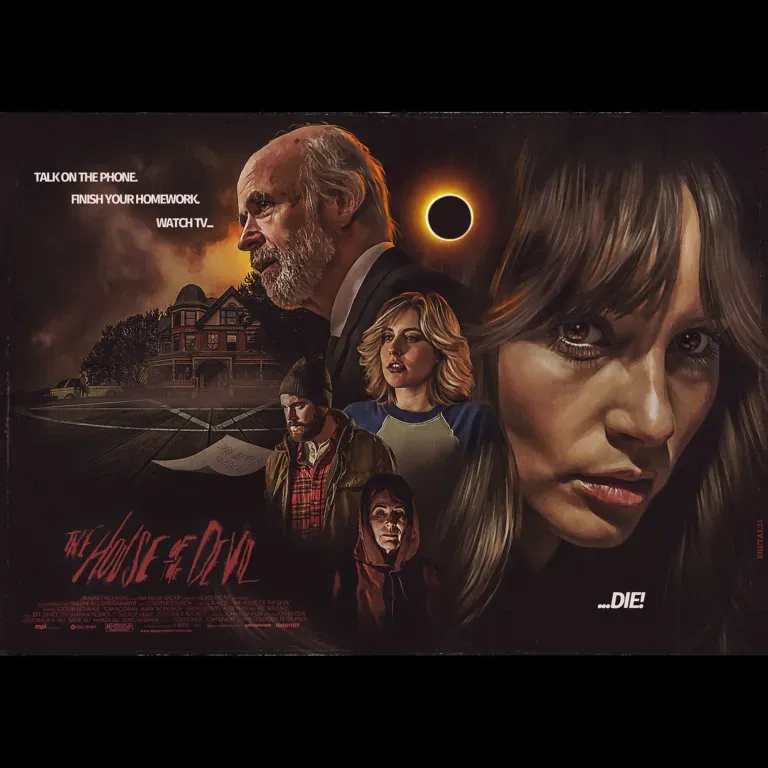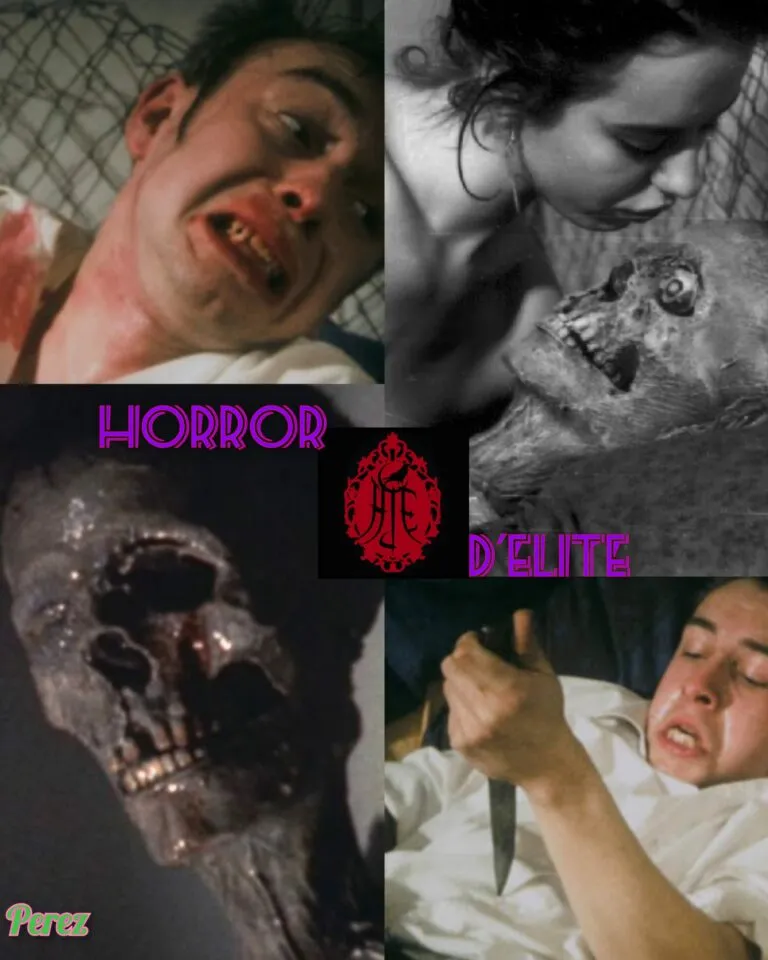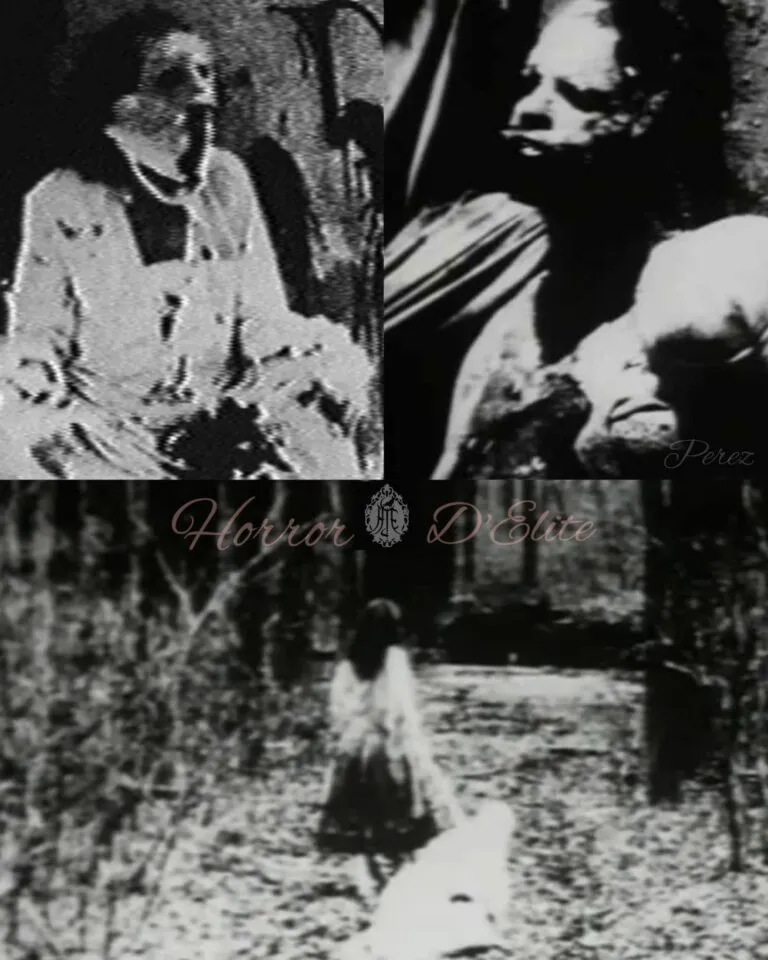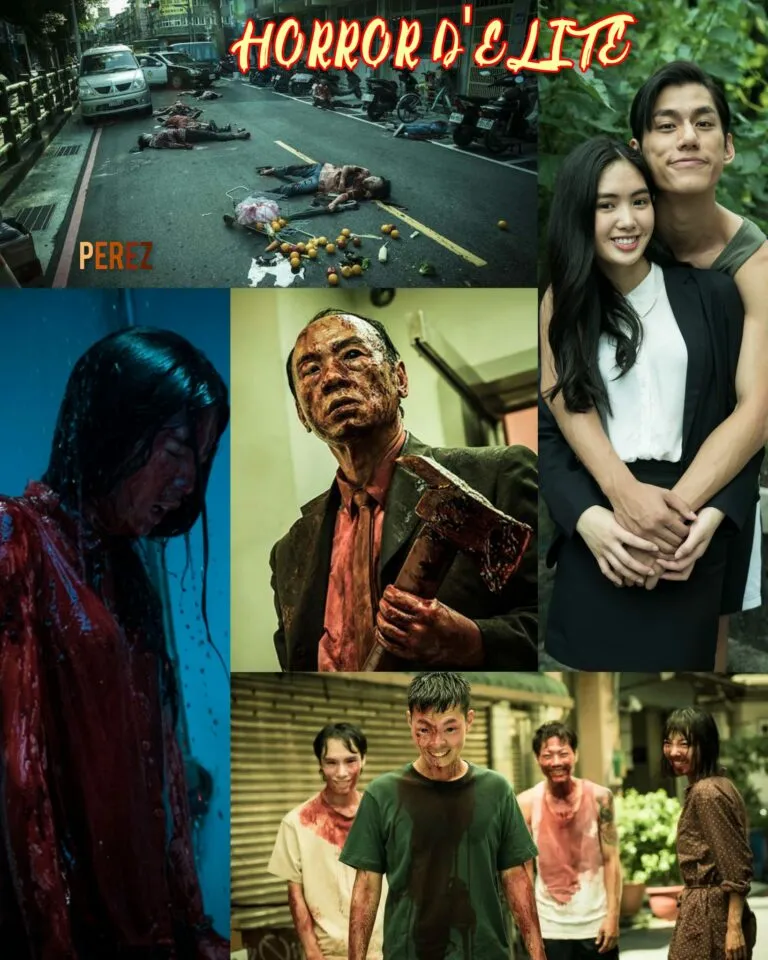Angst
Angst
Directed by Gerald Kargl
Austria, 1983
PLOT
An unnamed man is released from prison after serving ten years for the brutal and senseless murder of an elderly woman. Upon entering a diner, the sight of two young women stirs sexual excitement and murderous impulses within him. He takes a taxi, intending to kill the driver, but is thwarted and flees to an isolated villa. There, he unleashes his violent fury on the three inhabitants.
CONSIDERATIONS
Angst is an independent, low-budget film that, over the years, has risen to cult status within extreme cinema, becoming a key reference for directors like Gaspar Noé and Nicolas Winding Refn. Kargl meticulously depicts the dangerous thoughts of a psychopathic schizophrenic recently released from prison. The film’s raw images illustrate his disoriented behavior in society: his thirst for sadism, his twisted relationship with women, his sexual obsessions, and his fears (the German title, Angst, translates to “Fear” in English). With minimal dialogue, the film heavily relies on the voiceover of the man’s thoughts, narrating his journey minute by minute, exposing his inexplicable desire to kill.
Angst offers a grim and terrifying portrayal of perversion, morbidity, and the darkest depths the human mind can reach. Inspired by the life and murders of serial killer Werner Kniesek, this Austrian director’s only film is a caustic, horrific, and brutal journey, making no concessions to the viewer’s sensitivity. It is a harsh commentary on abjection and inhumanity. The protagonist (brilliantly portrayed by Erwin Leder) initially narrates his past crimes and time in prison in a voiceover, exposing his grotesque inner world of sadism and complete disregard for others.
Erwin Leder’s portrayal of the deranged killer is impressive, with meticulous attention to his expressions, gestures, and movements. The camera follows his every move, creating an increasingly tense and anxious atmosphere. Angst evokes home invasion and torture-porn classics, occasionally recalling A Clockwork Orange and the serial killer profile of Maniac’s Frank Zito. The killer is driven entirely by instincts, distorted thoughts, and overwhelming fear. His internal monologue continuously accompanies the narrative, guiding the audience through his relentless descent into madness.
Delirious and claustrophobic, the sadism in the protagonist’s eyes is palpable. Kargl strips away any embellishments, crafting a real-time nightmare and documenting a murder as it happens, plunging the viewer into the killer’s mind. The director builds tension and eventually forces the viewer into the violent, uncontrollable urge to inflict harm. Sharp introspection and thoughts, combined with precise and immersive cinematography (including long takes, dolly shots, and bodycam footage), make the viewer feel as though they are complicit in the killer’s actions. This cold, detached tone is reminiscent of films like Necromantik and Schramm by Jörg Buttgereit.
Klaus Schulze, ex-member of Tangerine Dream, provides a perfectly minimalistic soundtrack that complements the film’s eerie atmosphere. Angst is difficult to find and has never been dubbed into Italian, but it is available for free on YouTube.
PANDEMONIC MOMENT
The explosion of the killer’s sadistic rage against the young girl (the family’s daughter): He chases her, repeatedly stabs her, drinks her blood, and vomits. He then sleeps beside her corpse, with his pants down.
Subscribe to our YouTube channel

